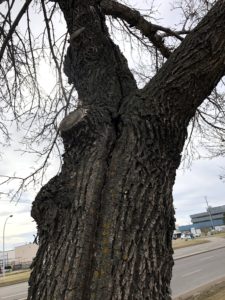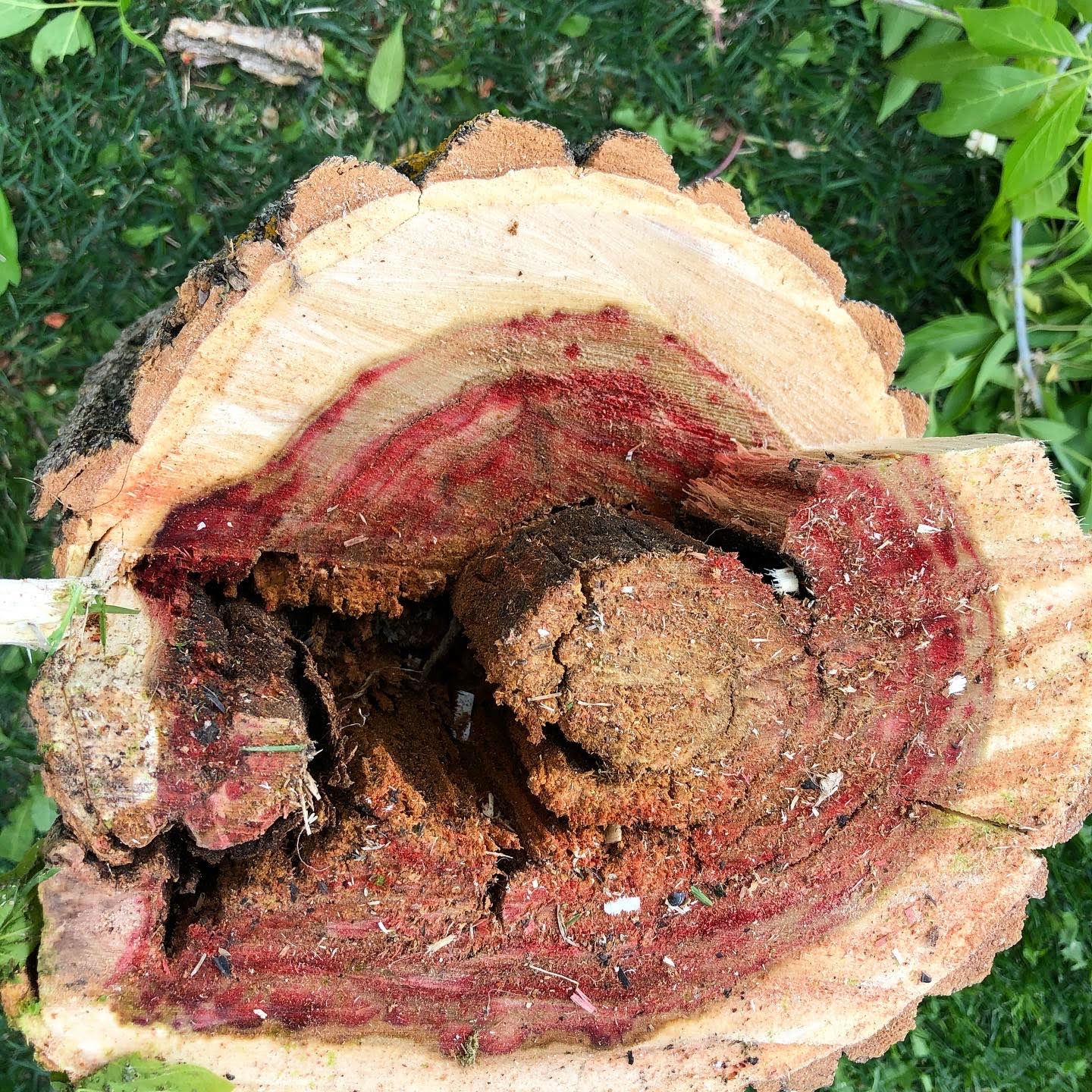Sunscald and frost cracks are trunk damages caused by rapidly changing temperatures and the effect that has on the cambium of trees.
Sunscald damage is common on thin barked trees and young trees that have yet to develop a thick enough bark to insulate them from damages. Most common during the winter but also possible during the summer, sun scalding happens when the cambium and phloem layers of a tree is warmed enough to initiate growth then freezes quickly, damaging the newly activated cells. The dead parts will become sunken and discolored, sometimes cracking open and peeling over time.
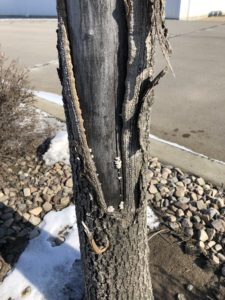
Frost cracking is when vertical cracks in the bark and cambium open exposing the inner wood of the tree. These cracks form under the same stress as sun scalding as the bark layers cells expand and contract in changing temperatures eventually splitting apart to create a permanent crack in the trees structure.
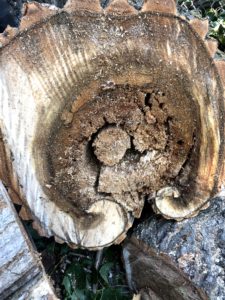
Both frost cracks and sunscald are rarely fatal on their own as a vigorous and mature tree will compartmentalize the damage and heal around it effectively. The problem with these injuries is they are usually exploited by parasitic insects, birds, fungus, and decay. Trees use their bark as armor, their phloem as veins to move nutrients, and their cambium is where they grow from. Inside those layers is the structural wood that helps maintain the trees form and support its weight. If the inside of the tree is exposed, then there is always a risk of exploitation that over time may kill a tree.
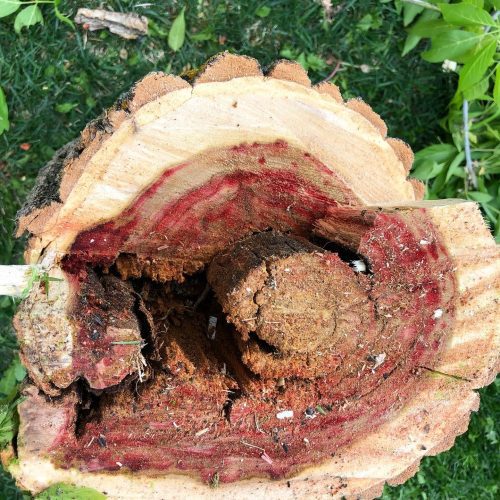
Sunscald itself can cause the decline of a young tree if the damage is widespread enough that not enough healthy cambium remains to help the tree grow and heal. Frost cracks can make failure more likely in large trees when the crack leads into a major crotch that is under load. In Alberta its very common for green ash to fail at their main crotch due to the combination of structural weakness and their brittle wood.
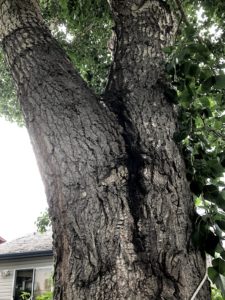
As with all tree ailments and injuries the best way to prevent them or reduce their effect is to make sure your tree is healthy. A tree with proper amounts of nutrients, sunlight, and water will usually be able to handle any weakness it develops. If sunscald or frost cracks do occur, then be sure to monitor your tree and take precautions as needed. Frost cracks that lead to other weakness can be counter acted with various bracing methods or the tree can be pruned to reduce likelihood of failure.
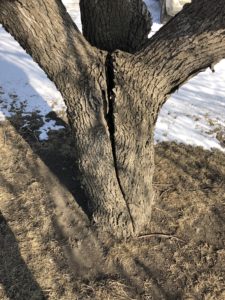
To help prevent these damages the trunk can be covered with various types of material that help insulate the trunk from temperature changes. Dark colored covers are not advised as they will make the temperature changes more drastic. Be sure to monitor the cover over time as they can girdle the tree, house insects, or encourage decay if it holds moisture. Adjust or replace as needed. Another way to help is to protect the base of your trees from direct sunlight. many trees naturally do this on their own but planting shrubs or other plants around them can help shade their exposed base. A shaded base will also be less inviting for parasitic insects as most boring species in Alberta seek trees with direct sunlight where they infest so they don’t freeze to death over the winter. Some tree species are more susceptible to these damages than others with young ash, poplar, aspen, and fruit trees commonly having these damages. Trees with thin bark that adapted to grow in a forests lower canopy get these damages even as mature trees, these species include birch, mountain ash, and amur cherry. Frost cracks are very common in mature ash and poplar trees as they bear a lot of load with a weaker and more brittle wood than other species.
